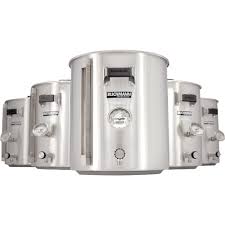The selection and sampling method of the sampling point of the ore sample is based on the ore selectivity test. The principle of selecting the sampling point mainly includes the following aspects: First, when selecting the sampling point, the existing exploration engineering of the mine should be fully utilized. Mining engineering, try to avoid the special sampling project; second, must consider the physical and mechanical properties of the ore, such as hardness, humidity, compressive strength, degree of fracture and the amount of mud and other representative; third is the number of samples as much as possible More is the fourth; as far as possible, select the most suitable and most complete exploration projects including ore type and industrial grade as the sampling project, arrange sampling points to reduce the sampling workload; fifth, due consideration is given to sampling construction and transportation conditions. Under the premise of not affecting the representativeness of the ore sample, select the sampling points where the construction and transportation conditions are better. There are many methods for sampling the deposits. The main samples used for the ore selectivity test are:
(1) Groove sampling method. It is to dig a certain size of the trough on the ore body and use all the ore cut in the trough as a sample. When the section size of the groove is small, it can be manually cut. When the specification is large, the hole can be blasted and collapsed, and then manually trimmed to meet the design specifications. The groove should be placed where the mineral composition changes the most, usually in the thickness direction. The distance between the grooves should be the same, and the cross sections of the grooves should be equal. The shape of the groove is also different depending on the nature of the deposit. When the mineralization is relatively uniform and the ore body is relatively regular, parallel engraving is often used. When the ore body is uneven, spiral engraving is often used. The cross-section shape of the sample trough is rectangular and triangular; the section size of the trough depends on the weight of the ore sample. And granularity.
(2) Stripping sampling method. This method is to take a thin layer of ore as a sample in the exposed part of the ore body, which can be used for the sampling of deposits with thin or uneven distribution. The peeling depth of the stripping layer is generally 10-20 cm.
(3) Blasting sampling method. Generally, the two walls and the top plate of the veins are pierced in the exploration tunnel, and the blasting is performed according to a predetermined specification, and then the ore under the blasting is completely or partially reduced as a sample. This method is used to require large sample sizes and uneven distribution of ore grades, and is only used for industrial test samples.
(4) Core extraction method. When drilling is the primary means of exploration, test samples can be taken from the core of the drill. When taking the sample, one-half or one-quarter of the core is taken vertically along the center line of the core. The length of the core should pass through the thickness of the ore body and include the surrounding rock and the sandwiched stone.
Beer kettles are mainly produced by deep drawing process. It is constructed of food grade stainless steel 304, making the kettles durable, rust resistant and yet sanitary. MSG is capable to manufacture beer kettles of different capacity, shape and functions.
MSG offers OEM and ODM service for beer kettle products. Specific design, material and surface requirement can be done upon customer`s request. We have professional and experience engineers to study your drawing and analyze the feasibility of production.

beer kettle,stainless steel kettle,beer brew kettle,brew beer kettle
Huiye Hardware & Electrical Equipment Company Ltd. , https://www.huiyehardware.com
